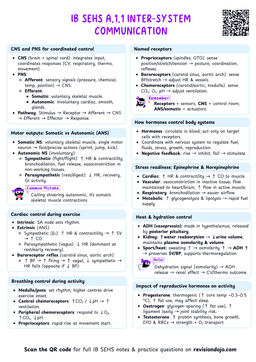Anthropometry and Ergonomics
Anthropometry
Anthropometry
The scientific study of human body measurements, proportions, and physical characteristics
- In sports and health science, anthropometry is used to understand how body structure influences performance and health.
- Anthropometry involves both body composition (e.g., fat and lean mass) and body dimensions (e.g., height, weight, limb lengths).
- It is crucial for tailoring training programs, nutritional guidance, and injury prevention strategies.
Anthropometry provides data on:
- Body Size: Height, weight, limb lengths.
- Body Proportions: Ratios like leg length to torso length.
- Body Composition: Fat, muscle, and bone distribution.
Importance of Measuring Body Segments and Proportions
The measurements taken during anthropometric assessments are vital because they help in:
- Identifying Strengths and Weaknesses: For athletes, body proportions, such as limb length and torso size, can influence their performance. For example, longer limbs may provide a leverage advantage in swimming or basketball, while a shorter torso may be beneficial for sprinting.
- Predicting Performance: Certain body proportions are linked with specific performance in sports. For example, longer legs may be more beneficial for sprinters, whereas greater arm span may aid swimmers.
- Tailoring Training Programs: Understanding an athlete’s body type (e.g., ectomorph, mesomorph, or endomorph) helps in creating training and nutrition programs suited to their needs.
- Assessing Health: Regular anthropometric measurements are used in health science to evaluate weight status (underweight, healthy, overweight, or obese) through measurements like Body Mass Index (BMI).
Anthropometric measurements also have practical applications beyond sports, such as in designing ergonomic workspaces or creating protective equipment for various professions (e.g., firefighters or athletes).
Key Anthropometric Measurements
- Height: A fundamental measurement that indicates an athlete’s overall size.
- Body Mass: The total weight of the body, often measured using scales.
- Limb Length: Measurement of the arms, legs, and other body parts that influence movement efficiency.
- Skinfold Thickness: Measures subcutaneous fat, which can help estimate body fat percentage.
- Waist-to-Hip Ratio: Assesses fat distribution (used as a marker for health risk).
- Body Circumferences: Measurement of areas like the chest, waist, hips, and thighs.
- Bone Density: Determines the mineral content of bones, influencing strength and injury risk.
- These measurements are used to create anthropometric databases, which serve as a foundation for designing equipment, clothing, and workspaces tailored to human needs.
- These measurements, when taken over time, can help assess an athlete's physical development, detect potential health issues, or optimize training regimens.
- When describing anthropometric measurements in your exam, remember to explain both why and how these measurements are important.
- Include specific examples like limb length in sprinting or body mass in weightlifting.
Applications of Anthropometry in Sport and Health Science
- Anthropometric data helps in the design of protective gear by providing detailed measurements of body segments.
- These measurements allow manufacturers to create custom-fit gear that minimizes injury risk and enhances safety.
- Properly fitted protective gear ensures that athletes can perform optimally while being protected from potential injuries.
1. Equipment Design and Sizing
Ergonomic Design
The application of anthropometric data to create equipment and environments that optimize human performance and reduce fatigue



